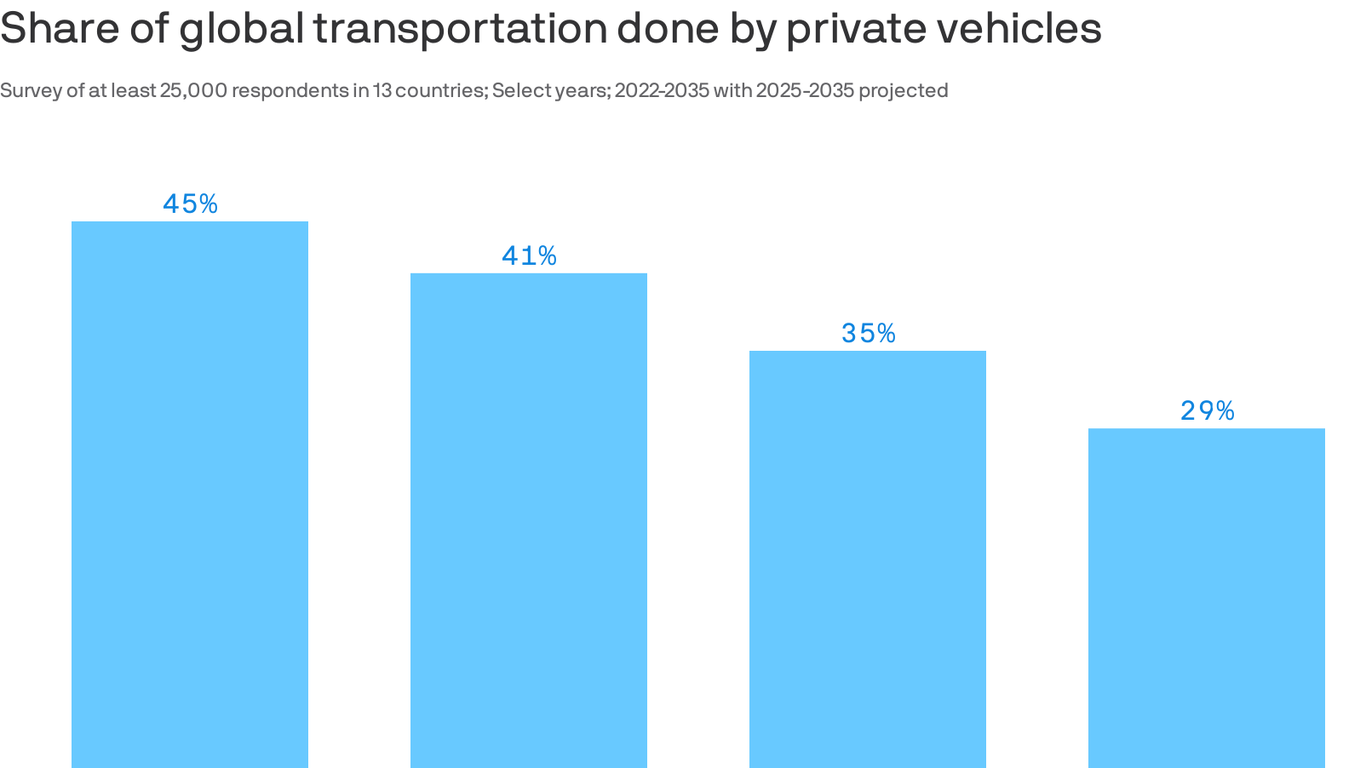“There’s definitely a “high car reliance” in the U.S., Möller tells Axios. But “the direction will be similar in the U.S.” with private car use declining as a share of overall transportation.”
Maybe in the largest cities. Everyone else is stuck with these death cages for the forseeable future…
How do you define “largest cities?” I get around fine without a car in a city with a population under 200k.
Anything over 150k or so. I’d even go as low as 100k.
The public transport here gets you places in one hour intervals if you’re lucky, and you have to be at the bus stop 20 minutes early because busses do not wait if no one is at a stop.
My first job it would have taken me an hour and a half to get to work by bus, whereas I could walk there in 50 minutes. In Norway there was a bus at the stop every 15 minutes.
Bicycling is getting better, but hostile drivers harass you, and if you go anywhere that isn’t a bicycle gutter you’re playing with your life. They’re more for recreation than commuting.
I live in an City with 80k people. Have never made an driving license or needed a car for anything. (Okay I live in Europe, but it shows it is pretty possible)
New modes of mobility — namely robotaxis — will increase from virtually zero today to 8% of global transportation in that same time span, McKinsey projected.
Replacing ICE vehicles driven by a human with EVs driven by a robot. Which is an improvement in terms of emissions per trip, for sure, but it doesn’t seem to actually strike at the root issue (reducing VMT) and still leaves cyclists and pedestrians at greater risk of injury
It is McKinsey research though, so i’m hardly surprised



